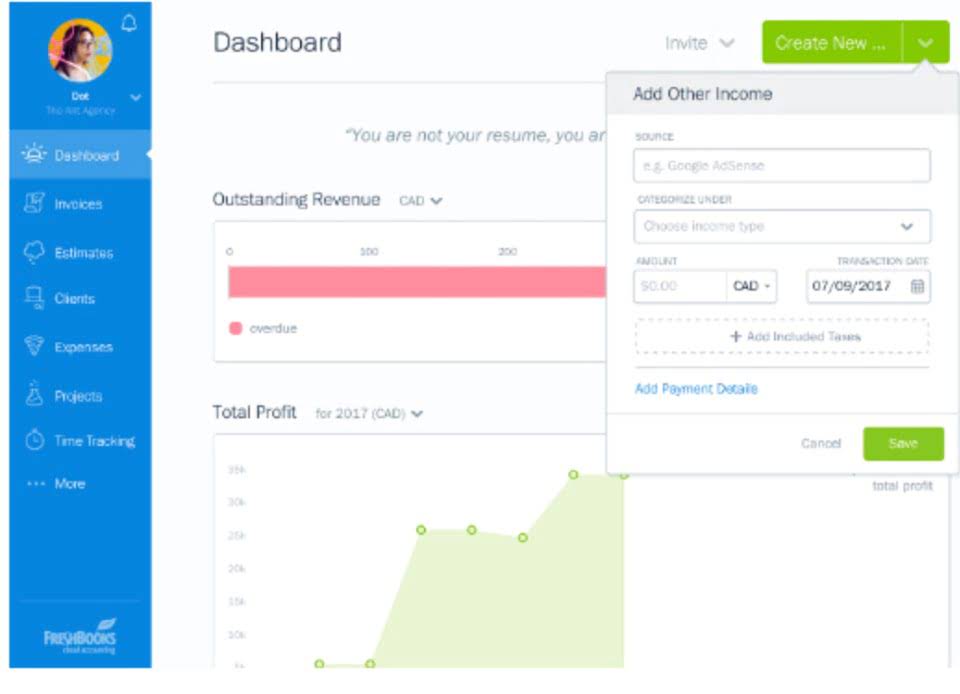
You’ll need access to financial statements for this project, including the income statement and master budget (if there is one) that holds any historical data (if available). You can use budget forecasting techniques to estimate the variable costs for a static budget. To estimate fixed costs, you’ll need to gather historical data and forecast future expenses.
Review and Adjust the Budget
It means when you’re analyzing your business and making decisions, you can be sure you’re working with budget numbers that match your current reality, not just outdated assumptions. You know its use cases, how to build one, and what makes it different from a flexible budget. One way to do this is by calculating the average percentage of those costs relative to historical revenue.

Monitor and Communicate Budget Performance
Bottom-up is the opposite, where department leaders will specify how much they would like per line item, with executive leadership having final approval. Then apply that ratio to your projected period to estimate the variable costs for your budget forecast. Unlike the flexible budget, they are created based on desired results and outcomes of the company rather than inflating the previous budget by a set percentage.

How to create a static budget:

Again you want to break these down into subcategories retained earnings balance sheet so that you have a full view of where money is going. By subscribing you agree to our Privacy Policy and provide consent to receive updates from our company. This approach aims to ensure that all expenses are essential and justified, avoiding the carry-over of unnecessary expenses.
Drive Business Performance With Datarails
And once variances are identified, finance can go to department and executive leaders to flag any concerns or opportunities to make the budget work even better for the business. Static and flexible budgets are financial planning tools businesses use to guide their a static budget report operations and measure performance. The static budget remains unchanged regardless of deviations in revenue and expenses that may occur during the period. A static budget model is most useful when a company has highly predictable sales and expenses that are not expected to change much through the budgeting period (such as in a monopoly situation).
- HR might be a good candidate as their main focus is not to bring in large amounts of revenue, and their expenses typically don’t fluctuate.
- It’s like setting a financial GPS that doesn’t recalibrate, no matter how the journey unfolds.
- Thus, even if actual sales volume changes significantly from the expectations documented in the static budget, the amounts listed in the budget are not changed.
- It’s not just a number; it’s a reflection of your business’s financial health and market positioning.
- With a static budget, you lose the opportunity for trial and error in real time.
- Remember that while flexibility is essential, having a solid benchmark in the form of a static budget ensures financial resilience.
Many businesses have variable costs that cannot be accurately predicted in advance or have diverse operations with a high degree of complexity. For these organizations, static budgets might not provide the flexibility or the granularity required to address changing needs. Static budget variance is the difference between actual results and the budgeted figures. A static budget is a budget that does not change with variations in activity levels. Thus, even if actual sales Financial Forecasting For Startups volume changes significantly from the expectations documented in the static budget, the amounts listed in the budget are not changed. This budget format is the simplest and most commonly used budgeting format.

Limited insight for performance analysis
- This may include sales, investments, grants, or any other form of revenue.
- This is because the static budget can be used to monitor and prevent an organization from exceeding its anticipated expenses.
- Static budgets are often called fixed budgets because they do not change during the specific period they’re in effect — no matter the fluctuation.
- A static budget, also known as a fixed budget, is a financial plan that remains unchanged throughout a specific period, regardless of actual performance or external factors.
- Our comprehensive platform offers tools like corporate cards, expense management, and bill payments, all designed to automate and simplify your budgeting process.
One of the biggest benefits of using a static budget in place of a more complex option like a flexible budget is that they are incredibly simple to create and implement. This is especially true for organizations with predictable operational conditions. A static budget acts as a benchmark for evaluating financial performance. It makes it easier to identify where adjustments are needed, such as reducing expenditure in a given category. When a business has highly predictable sales and expenses that aren’t anticipated to move much over the budgeting period, a static budget model is most helpful (such as in a monopoly situation).
